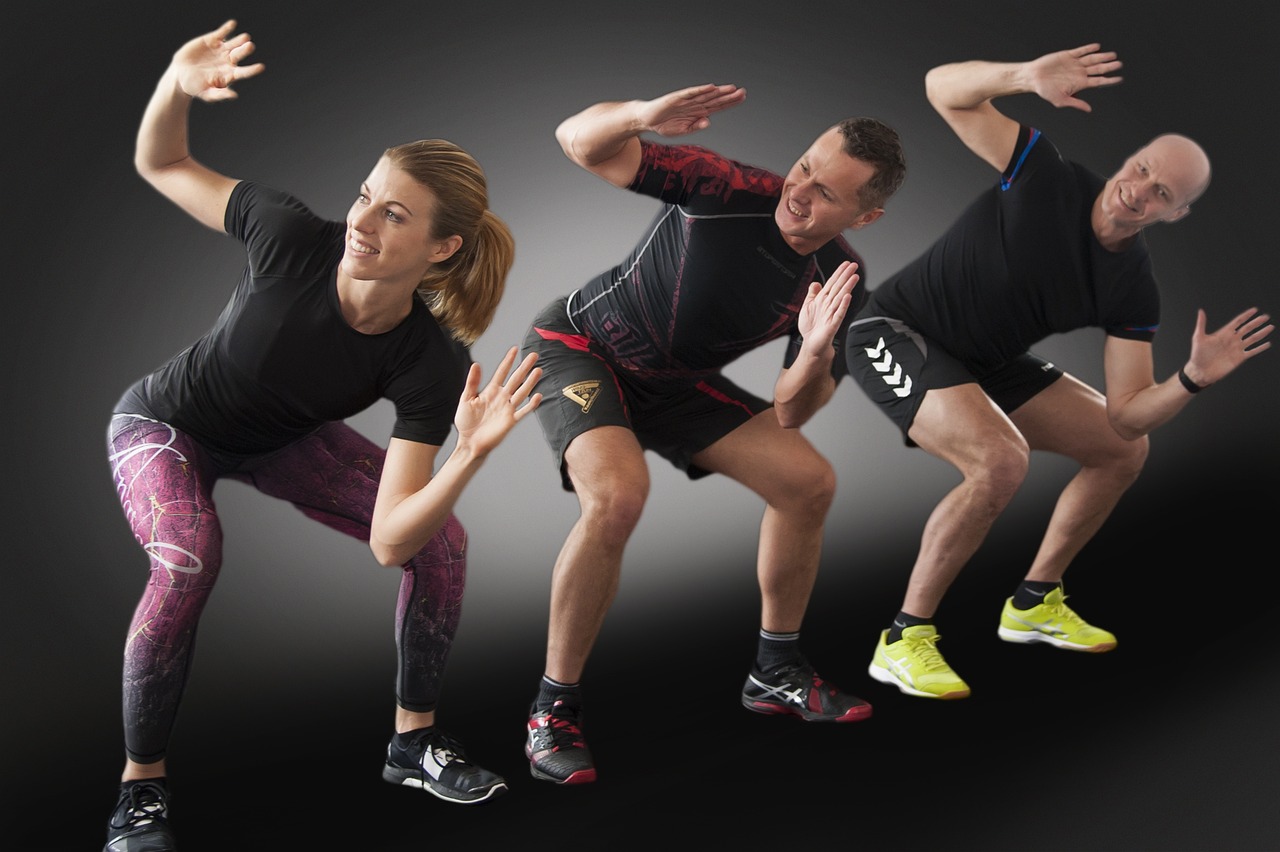
Original article appeared in AZCentral Healthy Living
Squats and lunges are both functional exercises. Functional exercises challenge multiple joints, muscles and neural pathways to train your body to function optimally on a daily basis. Your bones, muscles and connective tissue adapt to the new and different forces when you move through a variety of angles. Because of this, both squats and lunges play an important role in any exercise routine.
Why Squats and Lunges Are Important
Have you ever slipped and felt yourself falling backward only to wonder if you could avoid a fall? Maybe you’ve caught your toe on a tree root or curb and started to fall forward or to the side. By practicing squats and lunges regularly, your neuromuscular system will know what to do, so instead of falling, you can return to your activity. Squats train your body to stabilize if you are falling backward and teach you how to safely pick things up. Lunges prevent falls to the front or side and improve gait.
Squats
Stand with your feet at least hip-width apart, your toes and knees facing forward and the backs of your calves against a chair that won’t slide. This will teach you how to maintain hip, knee and ankle alignment throughout the squat. Shift your hips back as if you are going to sit down. As your hips move back, let your knees hinge around the seat of the chair and your torso tilt forward. Your weight will shift over your heels. Look at a point in front of you and bring your hands up for balance. With your knees still touching the chair, lower your rear a few inches. Then, slowly shift your hips forward and tilt your torso upright to return to standing. With practice, you will be able squat correctly without the chair.
Lunges
Forward, backward, diagonal and side lunges are all part of a well-rounded exercise program. Start with a forward lunge onto a step. Stand 1 to 2 feet away from a step with your toes and knees facing forward. Shift your weight over one foot. Lift the other foot off the floor and place it on the step, heel first. As you do this, roll your back heel off the floor and bend your back leg’s knee. If you can’t see your toes on the front foot in this position, shift your weight back until you can. Push off the front leg and shift your weight backward to return to the starting position. Once you are comfortable with the movement, add variety. Lunge forward onto the floor; lunge diagonally, turning your hip out to a 45-degree angle; lunge backward by reaching your lifted foot behind you in a giant step; or lunge to the side. To keep your knees aligned in a side lunge, place your big toe down first, followed by your little toe and heel.
Quick and Easy
You don’t have to spend hours exercising to obtain benefits. With functional strength training, it’s better to sprinkle your exercises throughout your daily routine. Place a chair against a wall. Every time you walk by that chair, do three squats with your calves touching it. When you come to a step, take a minute to lunge forward or sideways onto the step with each leg. When you are out on a walk, add some forward, side, diagonal and backward lunges, always focusing on correct form.
References
- ACE Advanced Health & Fitness Specialist Manual; American Council on Exercise
- American College of Sports Medicine: Safety of the Squat Exercise
- American Council on Exercise: Knee Movement & Proper Form During Lunge Exercises
Author Bio
Cindy Killip is a medical exercise specialist, health coach, author and speaker who has been teaching and writing about exercise and wellness since 1989. She authored the book Living the BONES Lifestyle: A Practical Guide to Conquering the Fear of Osteoporosis [2012]. Killip holds multiple certifications through the American Council on Exercise and degrees in communications and sociology from Trinity University with a focus on pre-med and exercise science/lifetime fitness. She did graduate work in exercise physiology at the University of New Mexico.
Article originally appeard in AZCentral Healthy Living at https://healthyliving.azcentral.com/better-squats-lunges-11237.html



